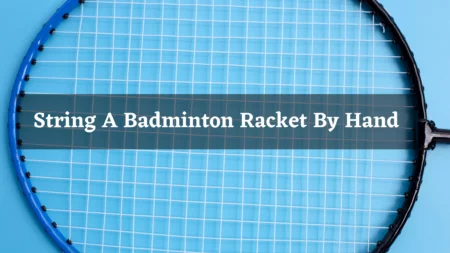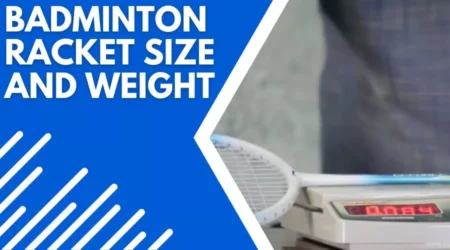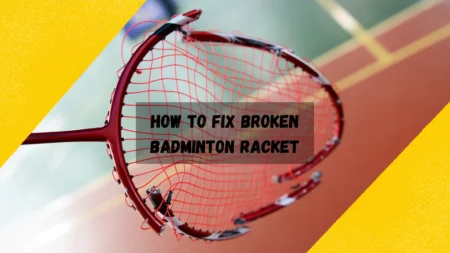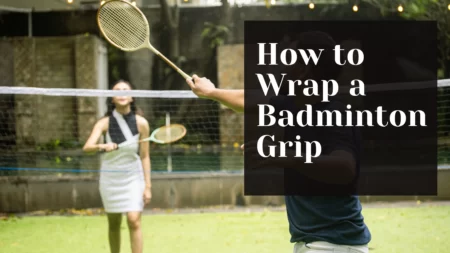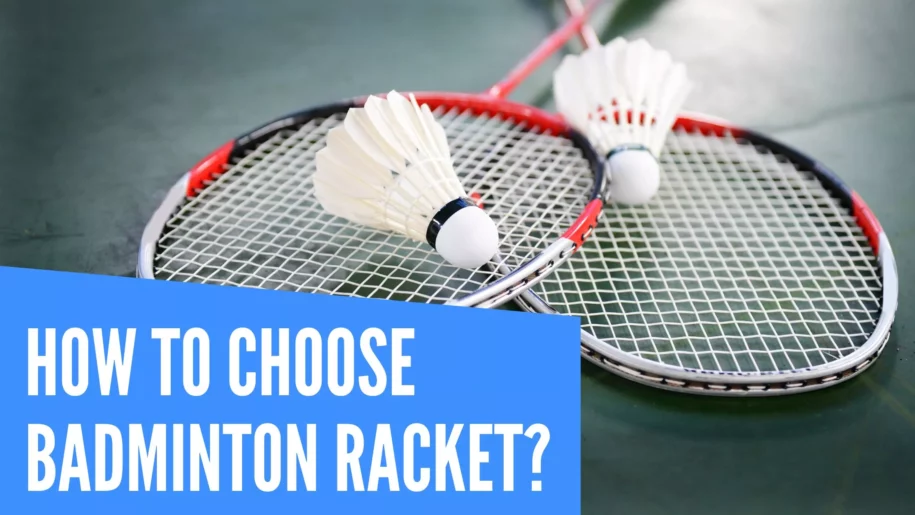
The badminton racket is a sports instrument used to strike a ball or shuttlecock in various sports (usually consisting of a handle and an oval frame with tightly interlaced strings).
If you are a beginner in the game of badminton racquet, you must have realized by now that it is not just about hitting the ball as hard and fast as possible.
There is a lot more to it than what meets the eye. The skill involved in this game is far beyond what we see in advanced players.
It requires coordination, agility, speed, strength, and endurance. With practice and perseverance, you can master even the most difficult shots in no time at all.
A good badminton racket will make a world of difference to your performance.
Different types of even balance rackets are available with various features and specifications. So here’s how you can choose the best badminton racket for yourself.
Weight Of The Racket
The weight of the racket is significant. It is the first thing that you should check. The ideal weight for a beginner is about 80 to 90 grams.
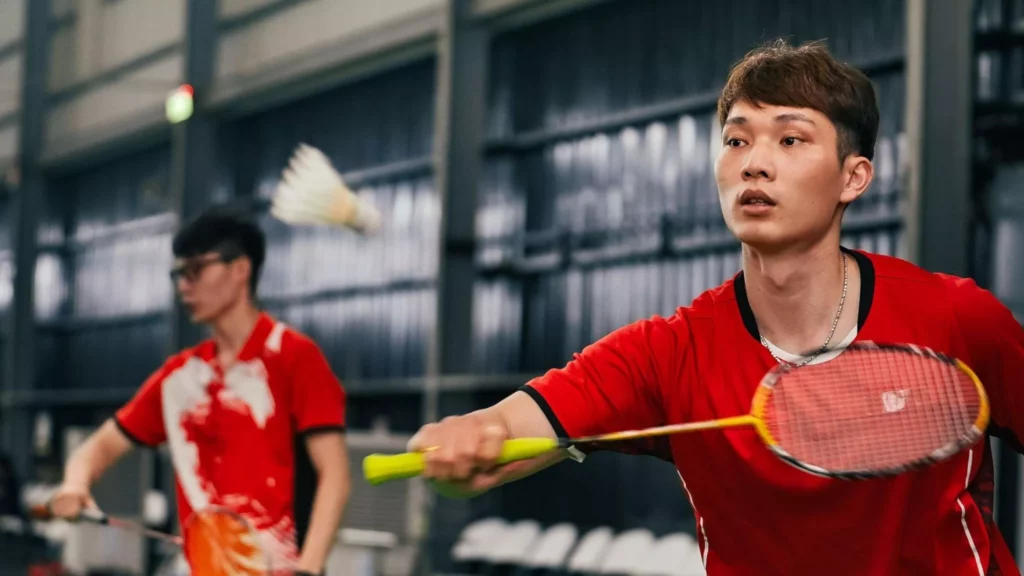
Experts often prefer head-heavy rackets as it has maximum power and can be used for smashes. If unsure, you can choose a badminton balance racket that allows you to alter the weight.
You can add or remove rubber from the handle to change the racket’s weight according to your preference.
A heavier racket is more suitable for advanced players. They like to play safe and protect the net.
A heavier racket allows them to create more power and smash the ball with more force.
Weight can also be a factor if you have a shoulder or arm injury. You can choose a lighter racket that will be more flexible and not stress your injured area.
Shaft Length
The second thing you should check is the more flexible shaft length when choosing a badminton racket. It is best suited for your height. You can go for slightly lighter rackets for flexibility if you are tall.
If you are short, you can choose a shorter one. A longer shaft allows you to cover the court better. It is perfect for professional players who like to protect the net.
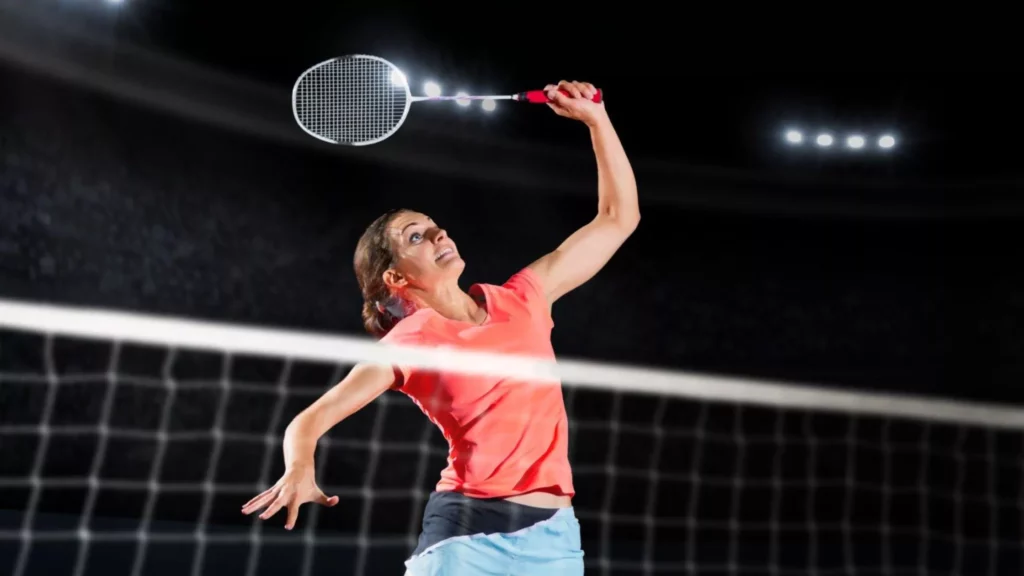
A shorter shaft is perfect for doubles players who like to stay at the back of the court.
The difference in length between the two ends of the shaft is about 3 inches. If you are unsure about the best shaft length, you can always ask an expert to help you.
Grip Size And Thickness
Rackets come with different grip sizes and thicknesses. If you have small hands, go for a thicker grip. If you have large hands, go for a thinner grip.
It will help you to hold the racket more comfortably. It will prevent the racket from slipping out of your hands while playing style.
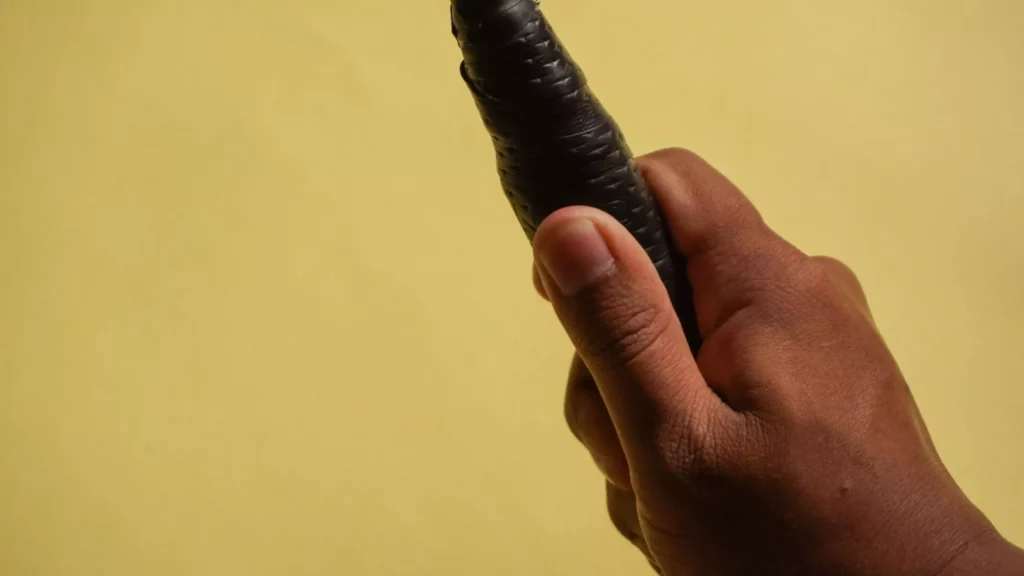
Another feature of the grip that you should look out for a while choosing a badminton racket. It is the color of the grip.
You can choose a grip color accordingly. A white grip is best suited for outdoor play. It is easy to see the white grip against the black and red badminton court.
A yellow grip is best suited for indoor play. So you can always see the yellow grip against the blue badminton court.
String Type And Quality
In badminton, Strings are an essential part of the racket. It plays a significant role in deciding how far and how fast a shuttle will travel.
So you must choose the best string for your racket. You should replace the string after every 6 to 8 weeks of consistent play.

You can choose a synthetic or natural gut string for your racket. Natural gut string is more expensive than synthetic string.
It is also slightly heavier. But it has more durability and a better feel when you hit the shuttlecock. A synthetic string is easier to maintain.
And it is also lighter. So it is suitable for beginners.
Head Shape
The shape of the headlight racket matters a lot. It will decide how far and how fast your shuttle will travel.
You can choose between an isometric head and an isometric head. If you are a Newbie go for an isometric head. It is lighter and easier to control.
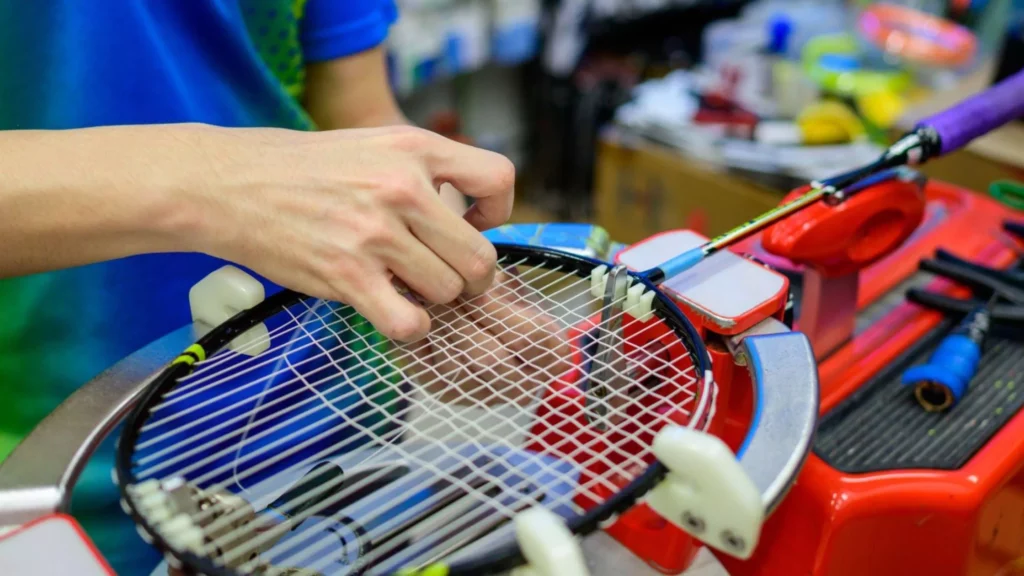
The isometric headlight rackets are better for doubles players. They like to protect their side of the court. So they can choose a racket with an isometric head. It will help them to smash the shuttle as far as possible.
The isometric head light badminton rackets are heavier than the isometric head. So it is perfect for beginner and intermediate players.
Ideal Badminton Racket Weight Based On Your Level

Badminton is a speedy game. It is played at a high level of speed and agility. The more speed you have, the better your performance will be.
Speed is all that matters when you hit the shuttlecock with your racket.
The ideal weight of the racket should be such that it does not slow you down. It should be light enough for you to move around the court quickly and efficiently.
If the racket is too light, you will be unable to generate enough power to smash the shuttlecock to the back of the court. If it is a heavier racket, you will find it difficult to defend your side of the court.
Balance Point
The badminton racket has an area where the racket’s weight is distributed. This area is called the balance point.
Choosing a racket whose balance falls in the middle of your hand would be best. Remember that the rubber at the bottom of the racket will weigh a little less than the top half.
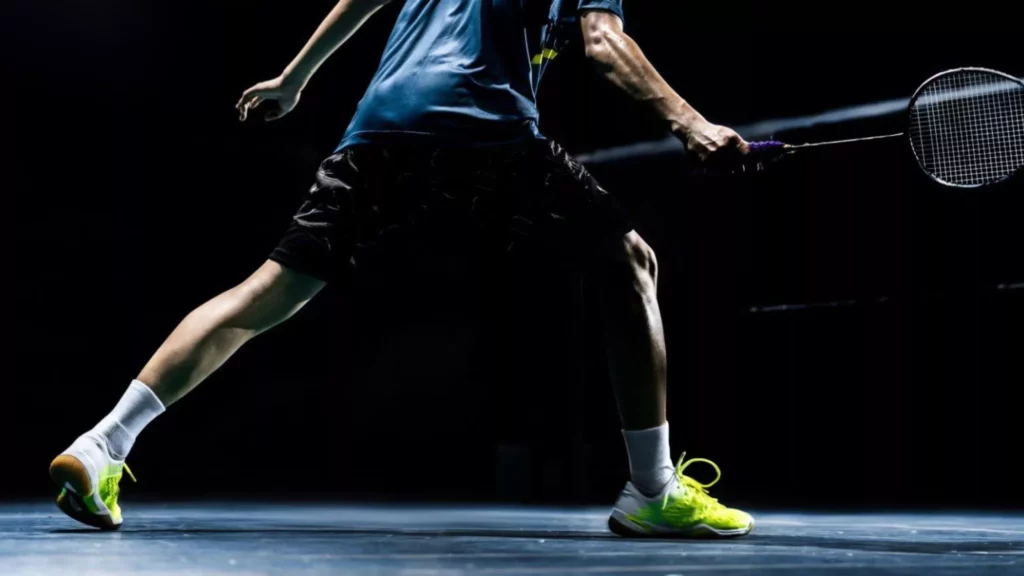
So the weight of the racket will be slightly towards the bottom. If the balance is too close to the top, you will find it difficult to defend your side of the court.
Even a hard hit will not travel very far away from you. The ideal balance point is 4 to 4.5 inches below the handle of the racket. It is best suited for most slow arm speed players.
String Tension
String tension is the force applied to the racket while winding the string around it. A higher string tension will create more power in your shots.
A lower string tension will make the racket lighter. String tension is represented in numbers. The higher the number, the more tension there is in the string.
It also means that the string is more taut. When you choose a racket, you can either choose a pre-strung racket or a racket that allows you to change the string tension.
If you choose the former, ensure it has the correct string tension for your level. If you choose the latter, you can adjust the pressure according to your preference.
Related Article
Hand Grip
If you are a Newbie in this game, you must have noticed different types of hand grips.
If you are unsure which one to choose, you can always ask an expert. They will help you to choose the best one for you.
The Handle Grip is the most common. It is suitable for the advanced player. The Throat Grip is ideal for those who like to play safe and protect the net.
A forehand Grip is suitable for those who like to play an aggressive game and stay at the back of the court.
Popular Badminton Racket Brands
Choosing a badminton racket is always best for a slower-swing speed player. You can choose from any of these brands:
- Yonex
- Victor
- Ashaway
- Wilson
- Li Ning
- FZ Forza
- Carlton
- Oliver Badminton
- Talbot-Torro
- Babolat
- Apacs
Conclusion
Badminton is a game that requires a lot of skill and strength. If you are a beginner, you must choose the best badminton racket.
A badminton racket is an investment you will make for years to come.
It would help if you chose a racket that is light enough for you to move around the court quickly.
It should also be powerful enough to smash the shuttlecock to the back of the court.
It would be best if you looked out for these things while choosing the best badminton racket for yourself.


